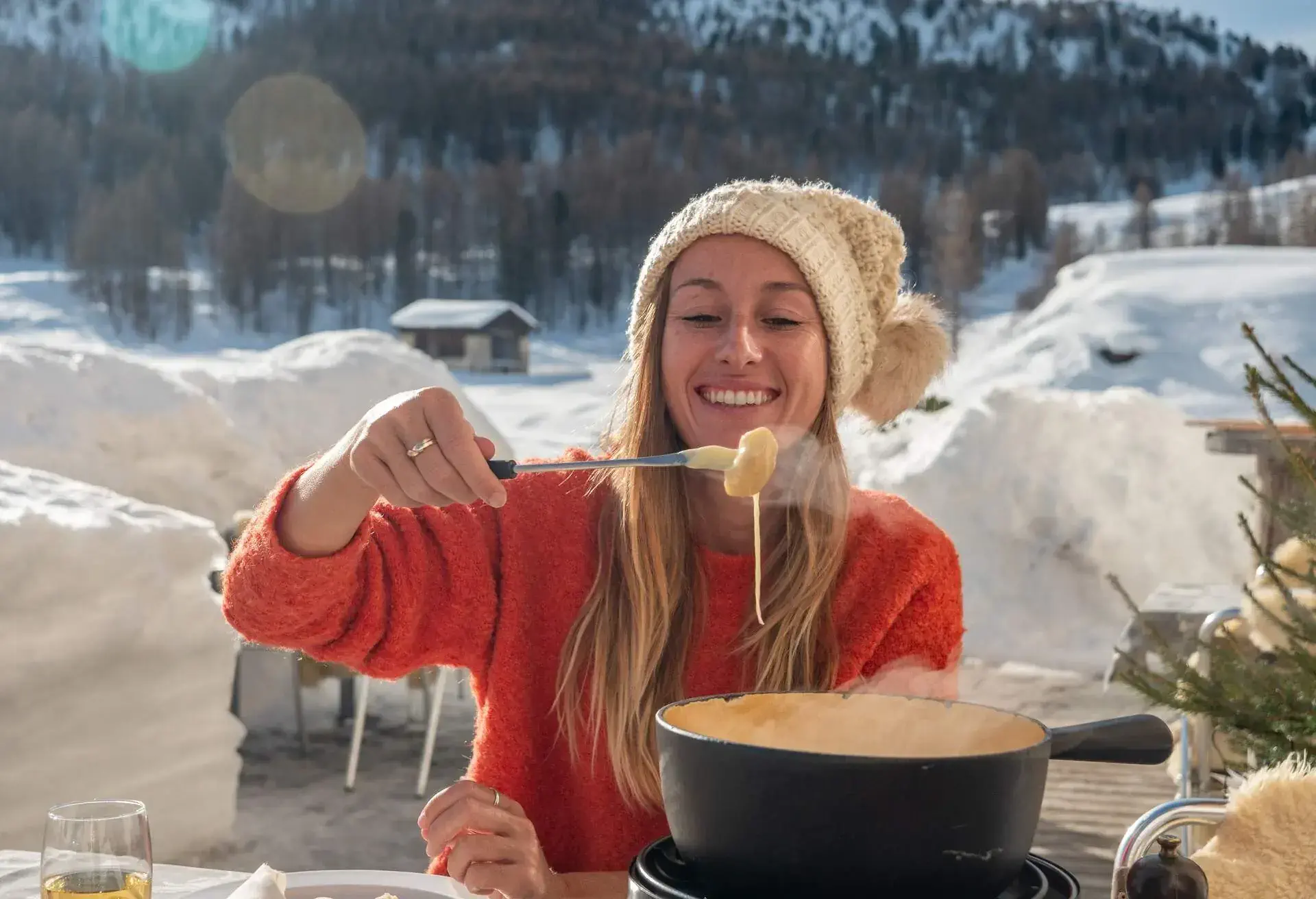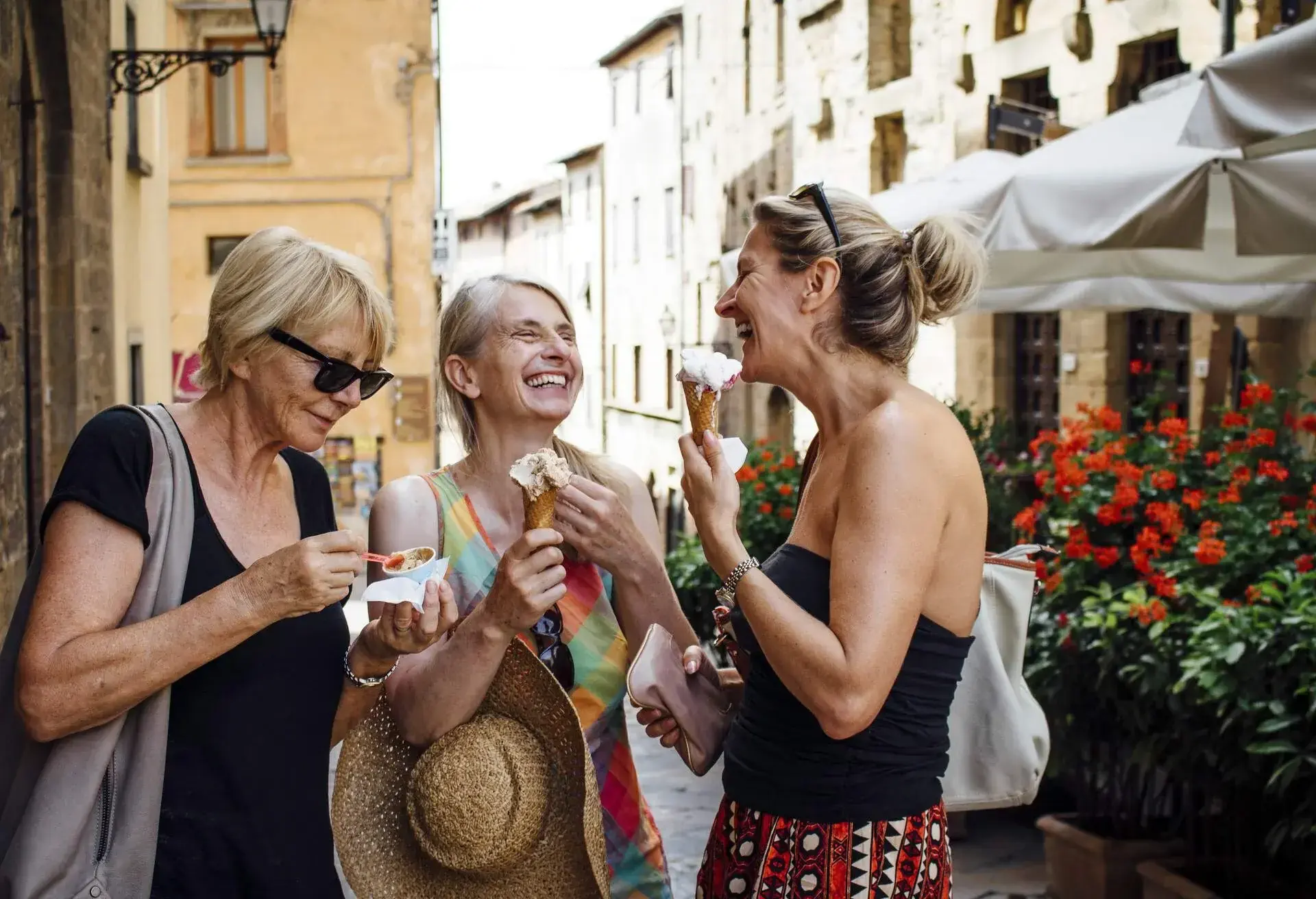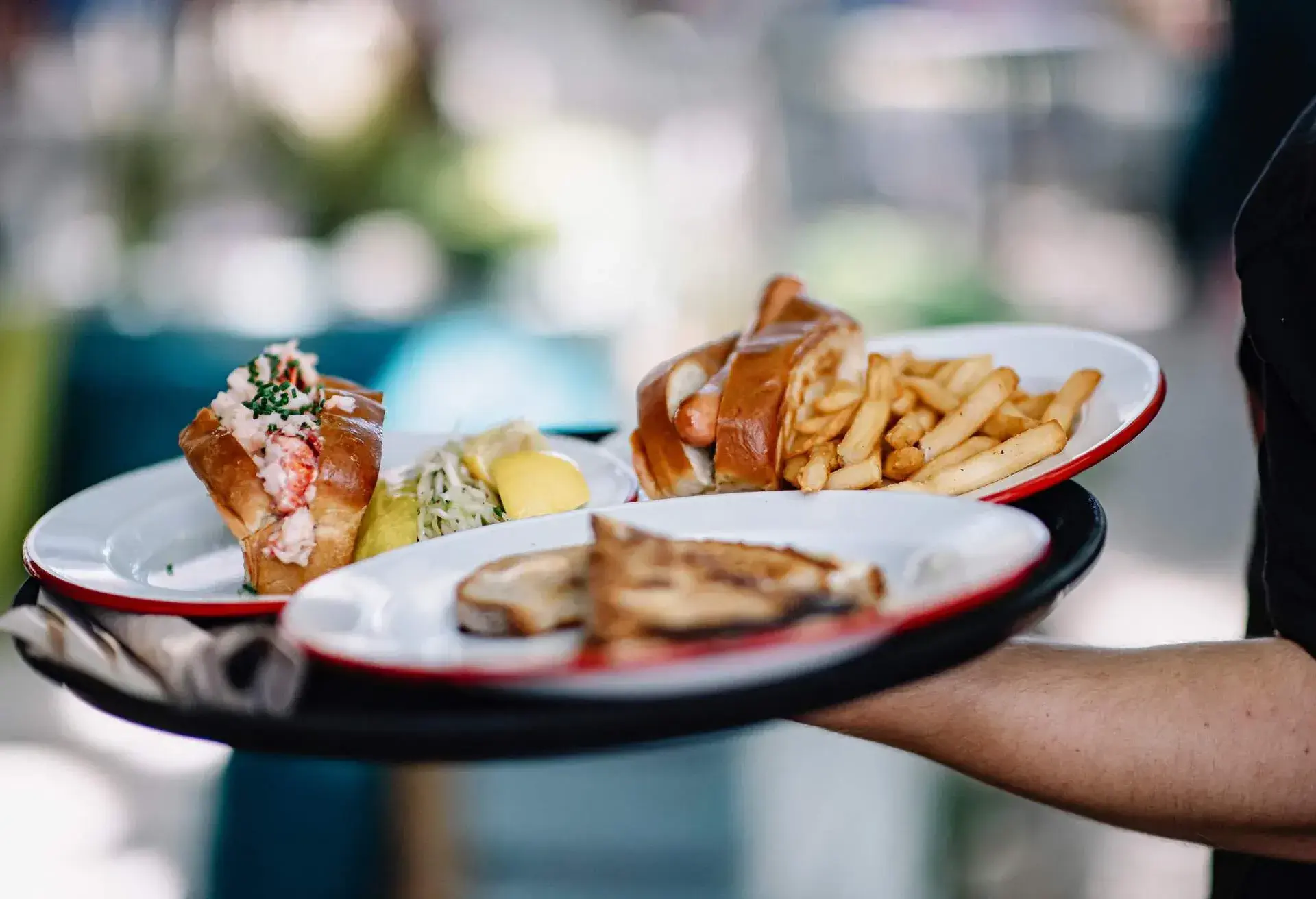If you’re looking to get to know Swiss culture through the country’s diverse range of culinary delights, then you’ve come to the right place. Here you can find a rundown of Swiss foods to try in Switzerland: from traditional dishes to typical desserts to regional tastes, we will help you get to know and connect with the local surroundings.
In need of some more travel ideas? Check out the KAYAK guide on Switzerland and be inspired for your next trip.
Cheese: the ultimate in Swiss foods to try in Switzerland
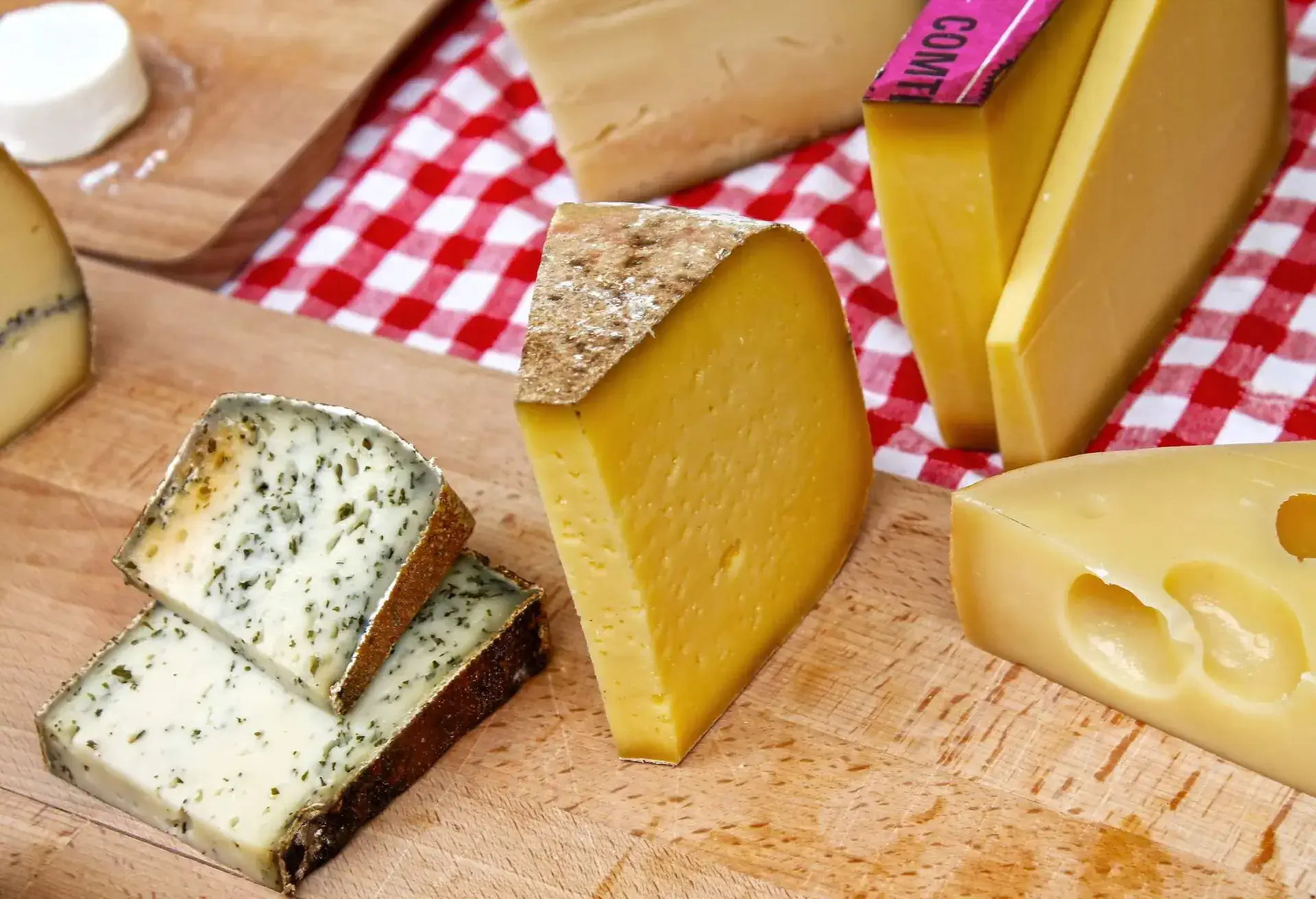
When it comes to sampling the culinary delights of Switzerland, cheese should always be at the top of the list. One of the country’s greatest exports, the Swiss are famous for their unique style of cheese-based dishes, and when visiting Switzerland, it would be almost criminal to leave without trying some.
Swiss cheese fondue: a traditional Swiss dining experience
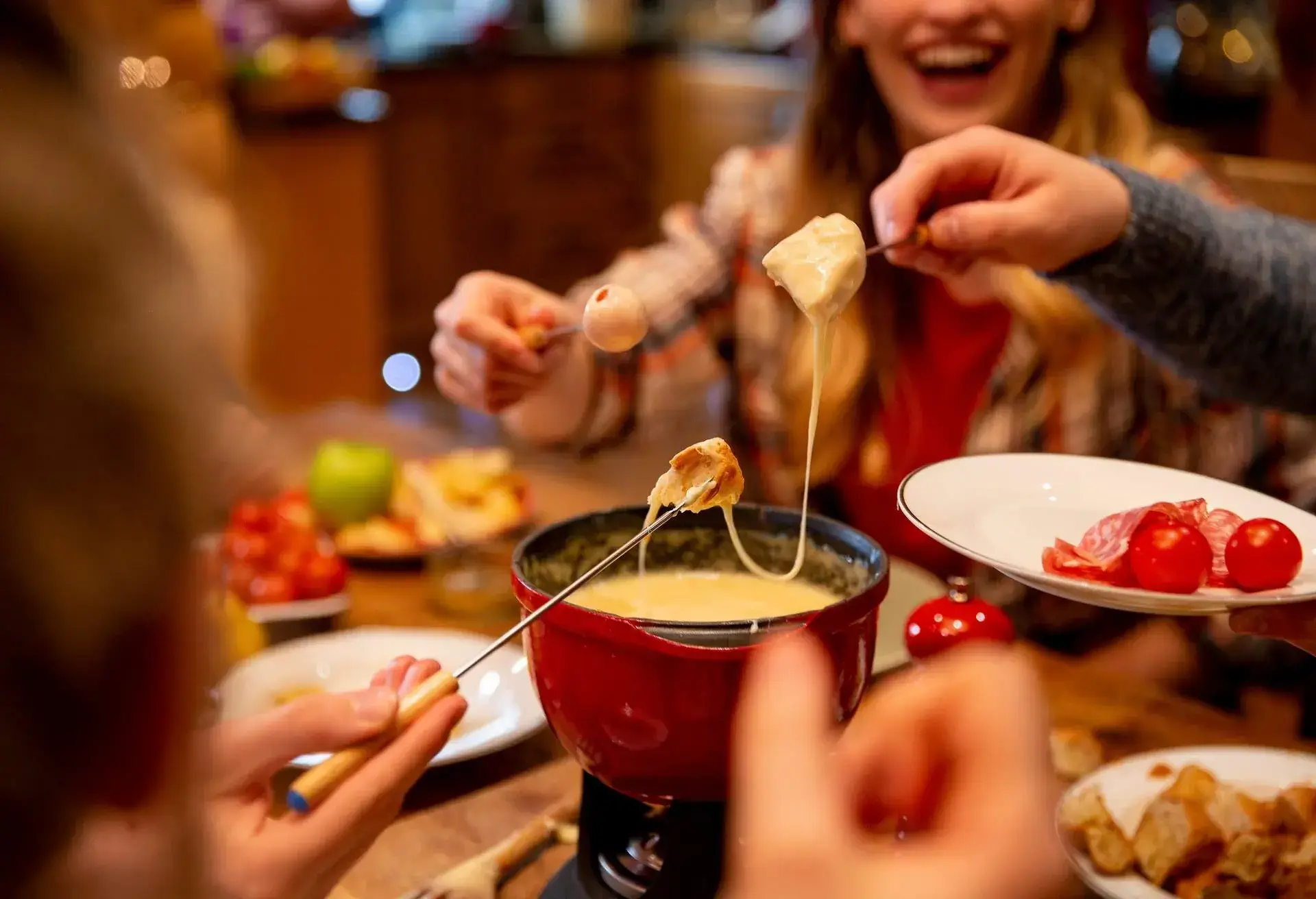
Fondue is practically a cliche when it comes to Swiss dining; however, it really is built into the fabric of the country and its food traditions. Sharing a Fondue with friends at a cosy table on a winter’s night is what Switzerland is all about, and it’s seen as a great social way to dine.
The Fondue’s rich sauce is typically made with Emmental and Gruyere cheese and white wine. The creamy and delicious combination is enjoyed with bread, pickled onions, gherkins and steamed potatoes, generously dunked into the pot of hot sauce in the middle of the table.
The dish has a somewhat ambiguous history, but the modern Fondue dates back to the 1800s, with its roots in the French Rhone-Alpes region near Geneva. In 1930, the Swiss Cheese Union declared Fondue the country’s national dish.
Raclette: a simple but tasty way to enjoy melted cheese with your vegetables
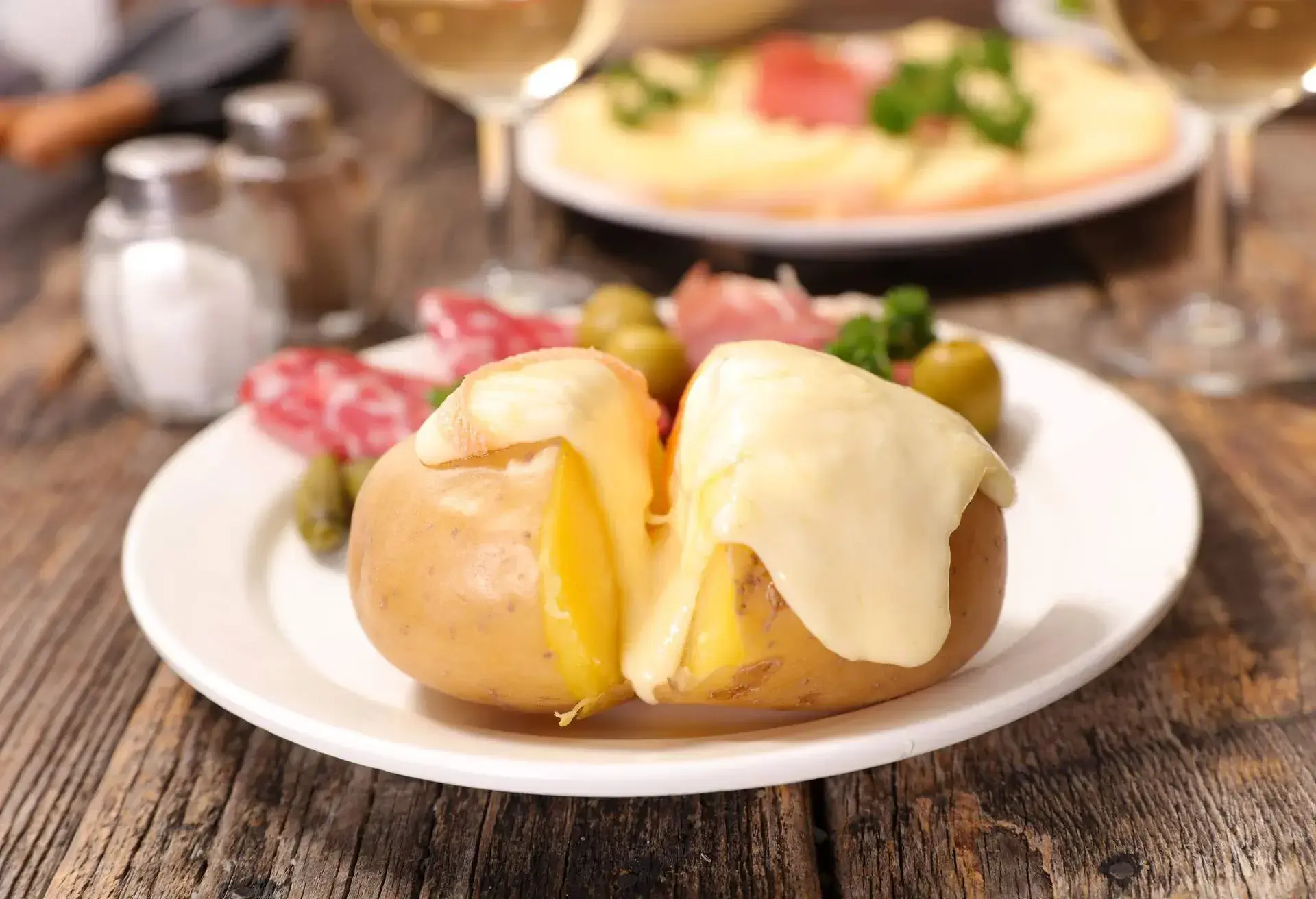
From one way to serve hot cheese to another, bring on the Raclette. The Swiss tradition of serving cheese in melted form continues with the extremely aromatic taste of raclette. This type of cheese originates from the Canton of Valais, which has both German- and French-speaking regions, although Raclette typically descends from the French side.
The word ‘Raclette’ comes from the French word ‘to scrape’, and that’s precisely how the cheese is served: by scrapping the melted cheese onto a plate after it’s been grilled. Various vegetables are served alongside and are covered in the cheese to complete the dish; boiled potatoes, pickled onions, gherkins and curried pumpkin are particularly popular.
Historically, Raclette is believed to have been created by Swiss shepherds in the Alps during the 12th century, who would roast potatoes on fire and melt the cheese before scraping it onto the potatoes for a cheap and delicious meal.
Alplermagronen: macaroni & cheese with a Swiss twist
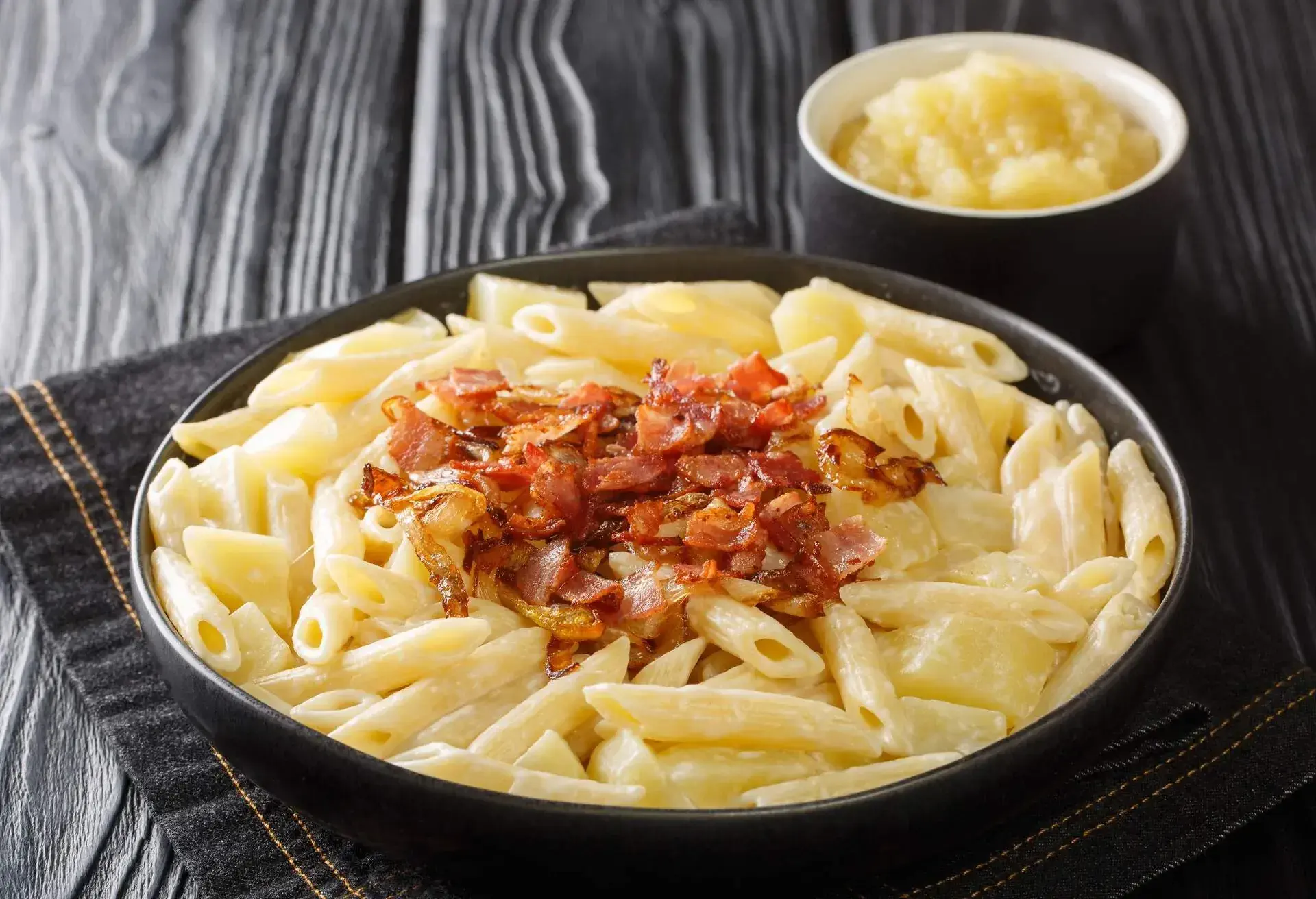
Although a highly popular dish in Italy, France and the United States, it was the Swiss who invented macaroni and cheese. Switzerland’s version, known as Alplermagronen or Alpine macaroni, traditionally includes sauteed potatoes, pasta, Gruyere cheese, cream and caramelised onions. Some varieties of the dish may also include crispy bacon, or lardons, sprinkled on top.
If that’s not enough, you can even have a sweet side of apple sauce to add to the tasty combination. It’s another hearty and filling Swiss delight that warms you up after a long day out on the ski slopes and is a favourite in Swiss comfort food.
Alplermagronen originates from the Italian-speaking region of Switzerland called Ticino, with the earliest published records of the dish dating back to the 1400s. Its name derives from the words’ Alpler’, meaning mountain, and ‘Magronen’, meaning elbow macaroni.
The lesser-known delights of Swiss food to try in Switzerland
Like everywhere around the world, Switzerland has traditional dishes that are less well known and can easily get missed when you’re scouring the menu for something delicious and wholesome. Here you’ll find some alternative Swiss dishes that will whet your appetite.
Capuns: not just a culinary dish but a Swiss philosophy
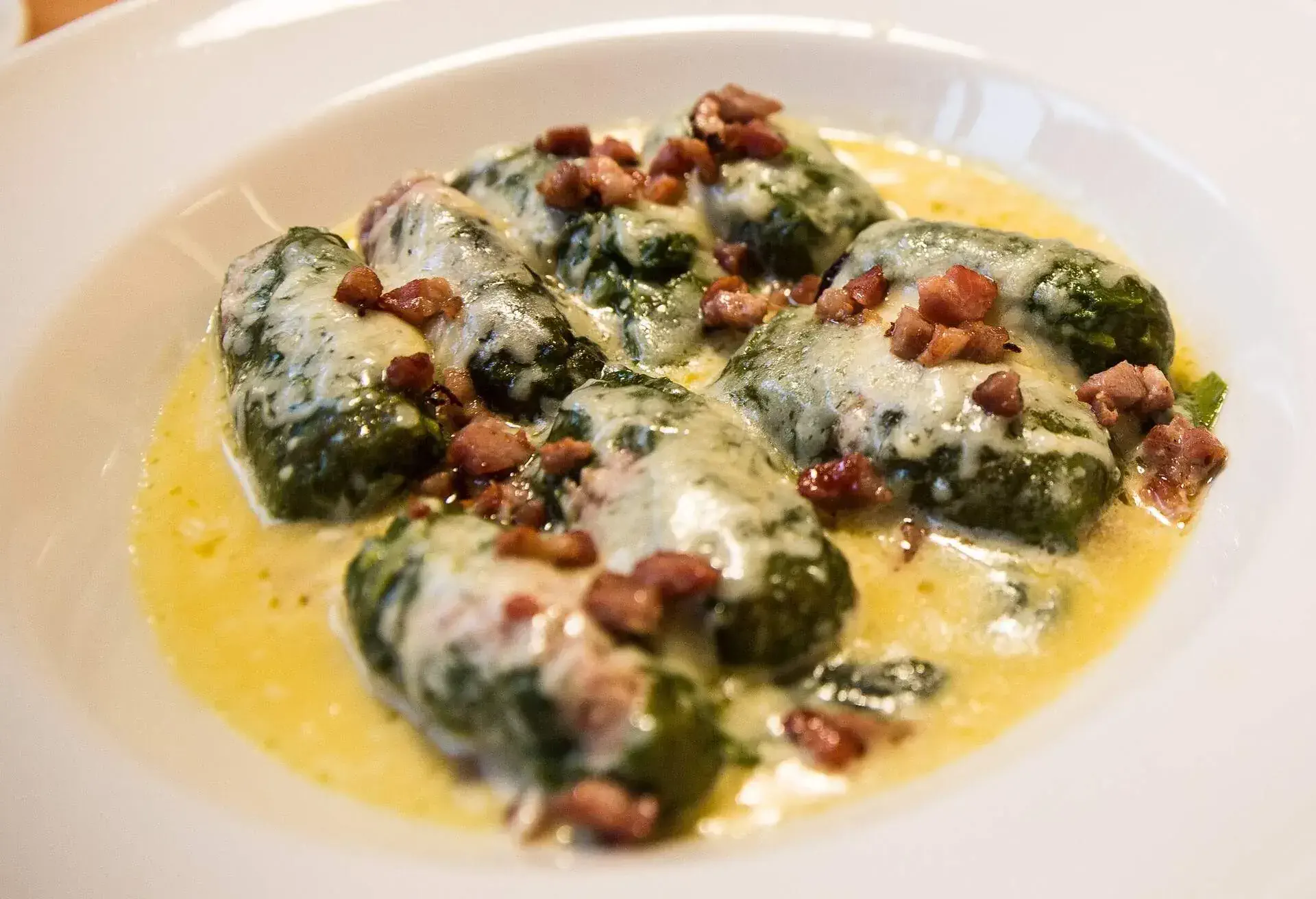
If you’ve had your fill of Fondue and Raclette and need to take a step back from all the cheese, the lesser-known dish of Capuns is well worth a try. Originating from the Graubunden region in the German-speaking east of the country, the dish comprises leaf beet chard or spinach beet wrapped around sausage or air-dried meat and herbs, served in a creamy or, you guessed it, cheesy sauce.
Each family tends to have their own way of serving Capuns, so you can play around with the meat you want to wrap in the leaves and, of course, the sauce, should you want to include it. Sometimes the dish is served with bread, while some choose to sprinkle crispy bacon on top as well.
Zürcher Geschnetzeltes: a creamy veal ragout that gets the tastebuds racing
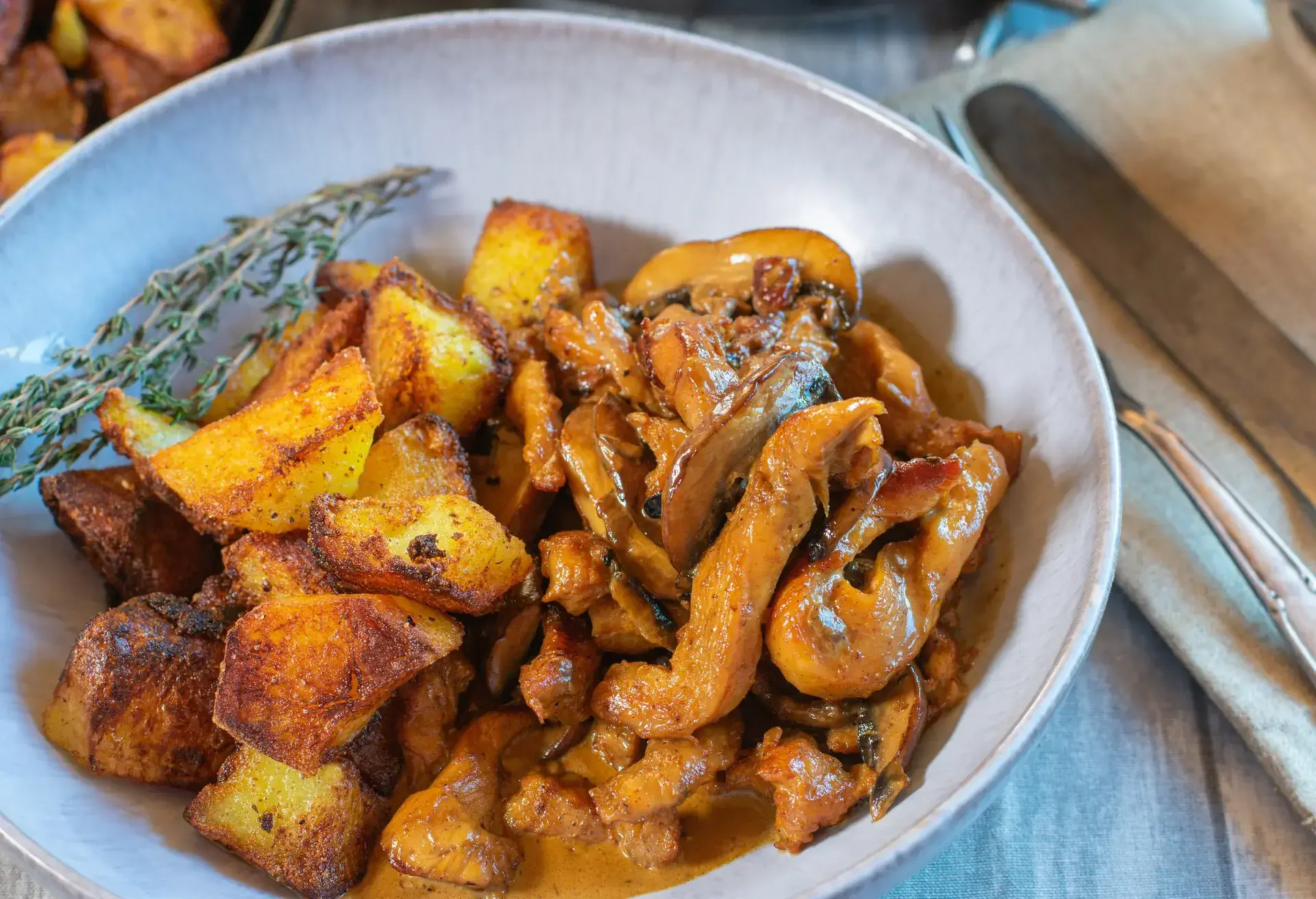
Though not as well known around the world compared to its cheesy counterparts, Zürcher Geschnetzeltes is one of Switzerland’s most famous meat dishes. It originates from Zurich and is served with wild mushrooms, often freshly picked that day when served in a restaurant; it’s typically served over a Swiss favourite, the potato rosti.
Zürcher Geschnetzeltes is predominantly made from finely sliced veal, calves’ kidneys and sweetbreads sauteed in a thick tasty gravy of mushrooms, white wine, butter, onions and cream. It makes for a delicious hearty lunchtime meal in the wintertime, and though a tradition in Zurich, it has now become a favourite nationwide.
Flammekueche: a Swiss-style pizza that will have you hooked immediately
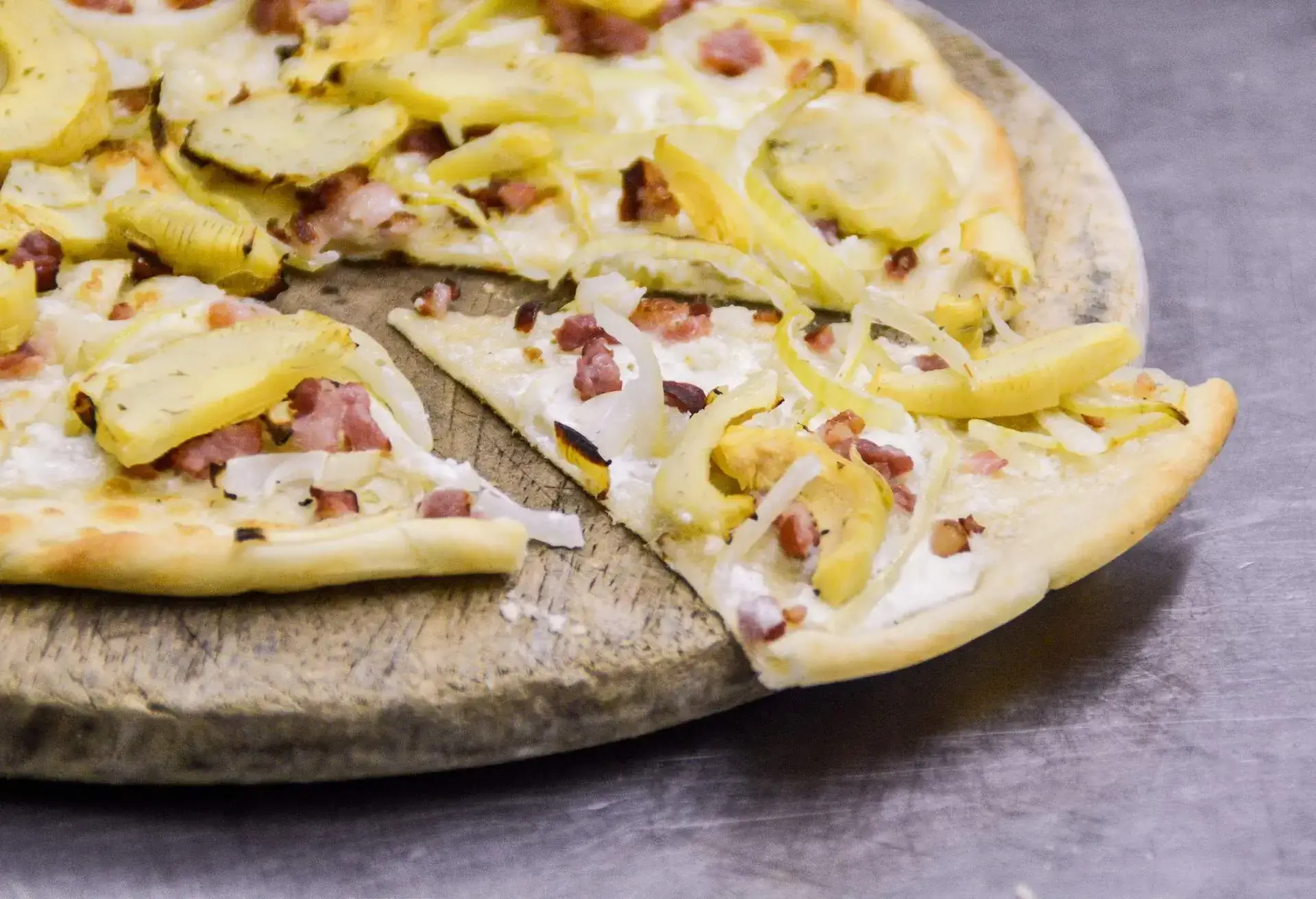
When it comes to pizza, Switzerland wouldn’t be the first place you think of, and rightly so. However, Flammekueche is a brilliantly tasty type of pizza that will surprise you when you first taste it. It originated from Eastern France’s Alsace region and was created by Germanic farmers from the regions of Baden and Palatinate who settled here.
The dish is made of a thinly baked and crisped flatbread covered in cave-aged Swiss cheese, bacon and caramelised onions. The rich taste of the cheese combined with bacon and onions provides a flavour that’ll leave you craving for more.
Sweets and desserts: Switzerland’s famous sweet tooth
Switzerland is not just famous for its cheesy and creamy dishes but also its amazing range of sweets and desserts. Particularly when it comes to chocolate, Switzerland regularly comes out on top.
Chocolate: the sweet Swiss delight
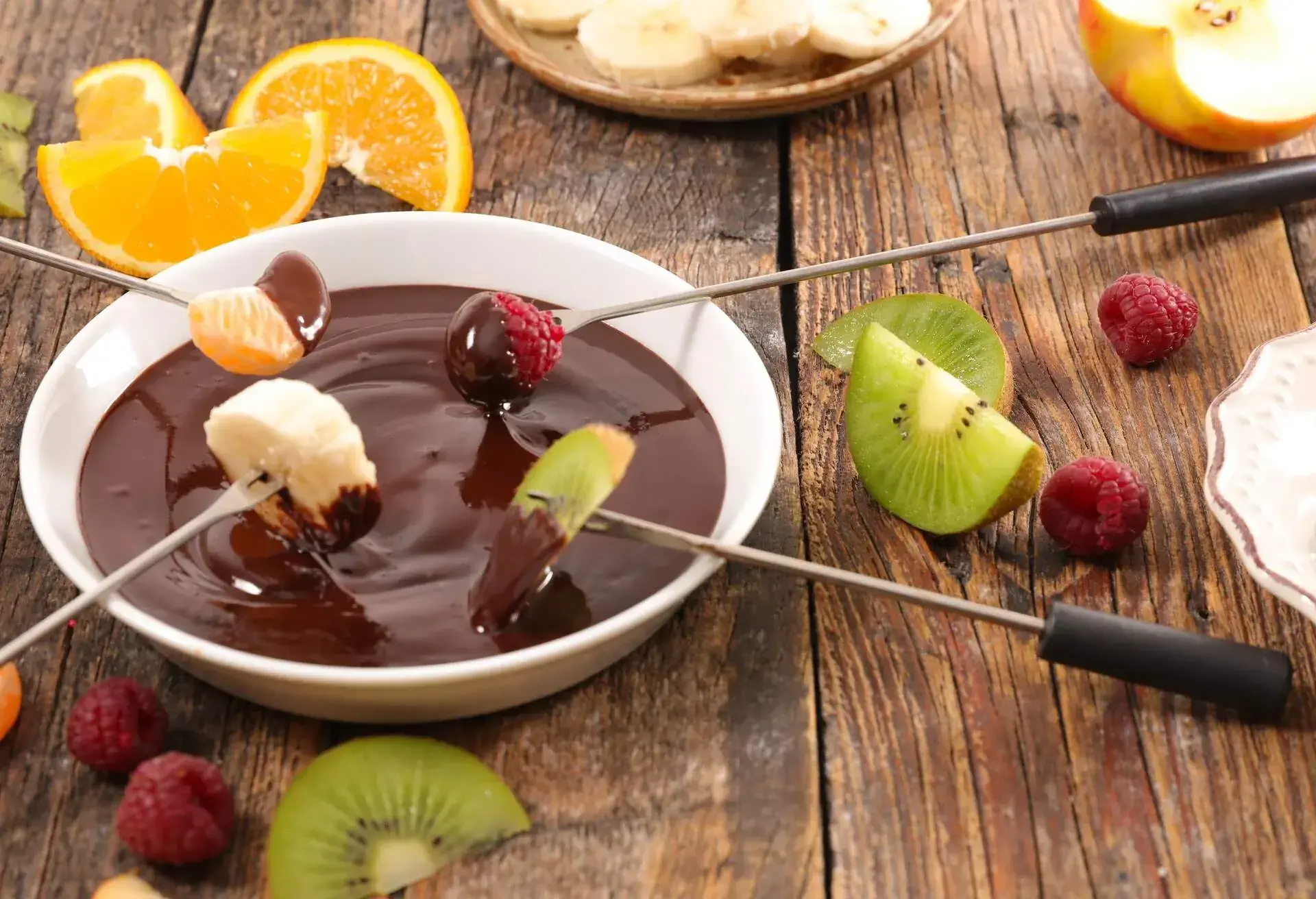
When it comes to chocolate, many think of the Belgian kind, but think again. Switzerland produces some of the most amazing-tasting chocolates you could ever wish to try.
During the second half of the 19th century, the country truly took over in the chocolate industry. Daniel Peter invented milk chocolate, and Rodolphe Lindt developed the process of ‘conching’ to create a smooth and silky texture, both of which helped Switzerland’s rise to chocolate fame.
If you like Swiss cheese fondue, just wait for dessert and order the chocolate fondue, where you can dip a variety of delicious fruits, such as strawberries, into the warm, gooey chocolate sauce.
Chestnut Vermicelles: a fabulous way to enjoy sweet chestnuts
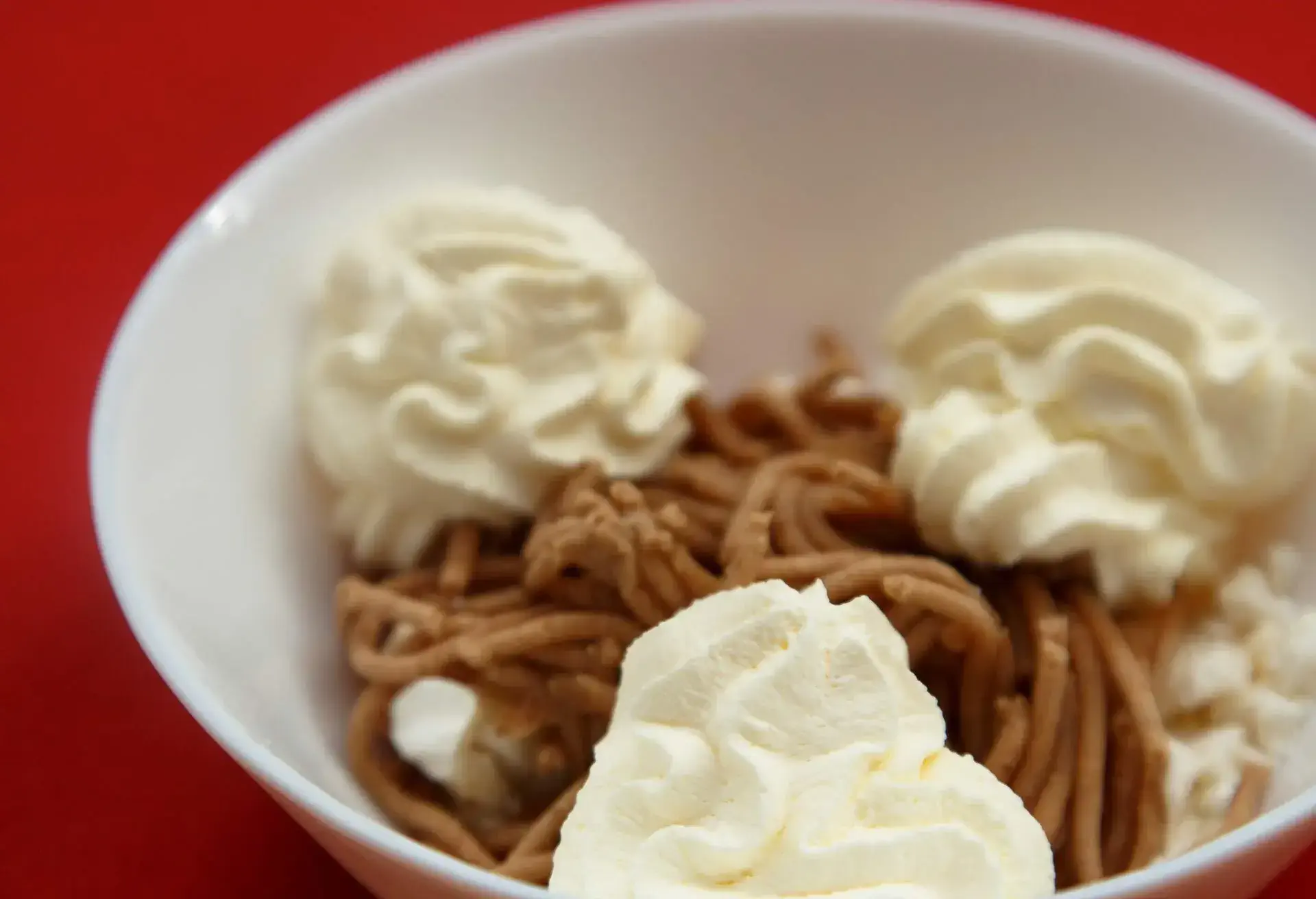
There are many desserts that Switzerland can be particularly proud of, especially if it includes their famous chocolate. However, one dessert that may not be as well known but is equally as delicious as others is chestnut vermicelles.
During the autumn and winter months, you’ll find Swiss streets full of the aroma of roasting sweet chestnuts. These warm delights are transformed into an appealing dessert by mixing the cooked chestnuts with sugar and pushing them through a press to create a spaghetti-like form. The resulting Vermicelle is then served with crunchy meringue and dollops of cream.
For an extra treat, you may even add a shot of cherry brandy on top.

